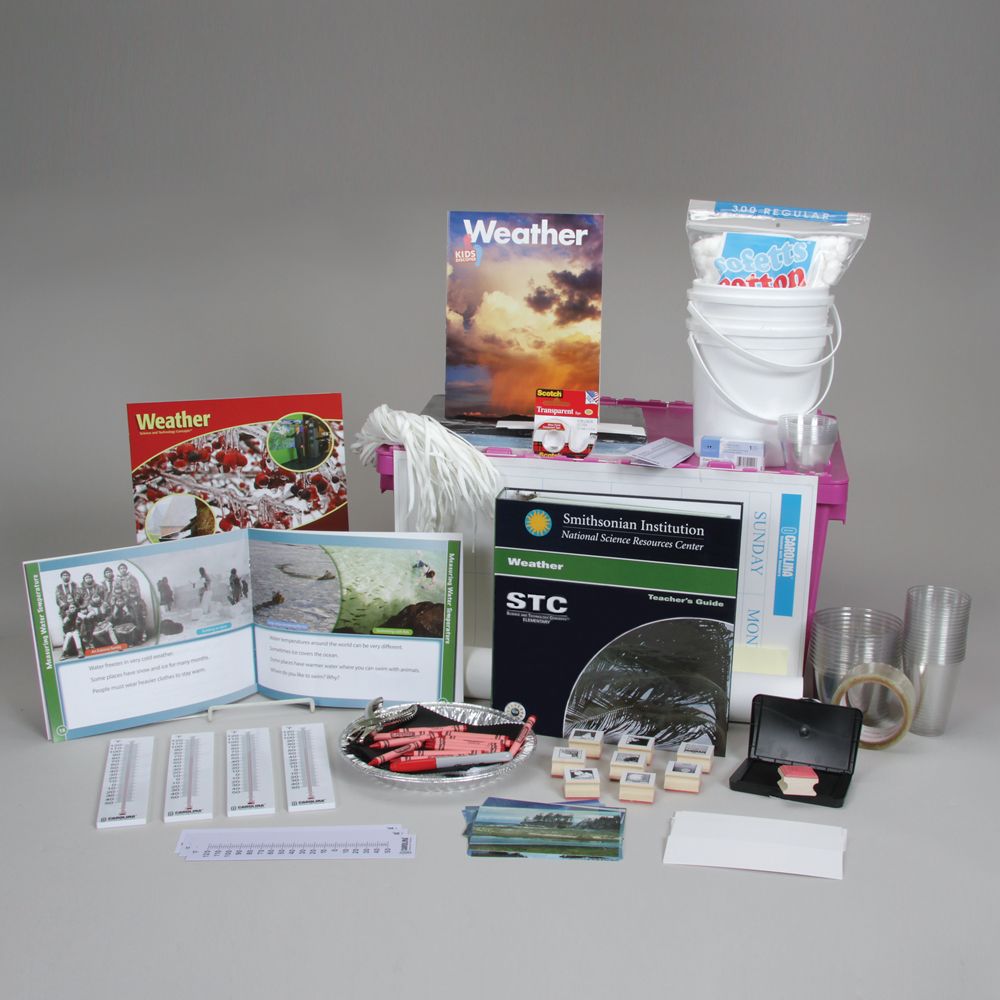Prep Time: 10 min
Class Time: 45 min
Students: Groups of 2
K-5 Elementary School
Varies by grade. See Performance Expectations below.
· Cause and Effect
· Energy and Matter
In this activity, students explore and investigate wind speed and direction. They generate an investigable question then plan and perform an experiment using bubbles to investigate that question
If you can’t see wind, then how can you tell its speed or direction? Meteorologists depend on wind features to forecast the weather. They use tools, such as weather vanes, to determine wind direction and anemometers to measure wind speed.
While they can’t see wind, students can observe what it does to things around them, such as blowing their hair, moving tree limbs, or crackling flags. Meteorologists use the Beaufort scale to estimate wind speed. Scientists designed this scale based on the movement of flags, trees, and smoke.
In this activity, students make direct observations using bubbles to measure and describe wind speed and direction. They use appropriate vocabulary (e.g., calm, breezy, and windy) during class discussions to describe their observations about wind conditions.
Note: As the students work with bubbles to make observations about wind, they may ask, “Why does my bubble pop?” The most common reason is contact with a dry surface.
When students experiment with bubbles outside, the bubbles evaporate quickly. This is why one partner blows the bubble while the other partner observes the location where the bubble pops, moves to that position, and stands there. This allows the first partner to pace the distance the bubble traveled. When there is strong wind, or even a gentle breeze, bubbles are much more difficult to create and inevitably pop due to the wind’s force. If you are in a dry climate or if a bubble touches a dry finger, blade of grass, or concrete, it will pop instantly.

Science and Engineering Practices
Crosscutting Concepts
4-PS3-3. Ask questions and predict outcomes about the changes in energy that occur when objects collide.
Preparation

Weather introduces students to the concept of weather and to the idea that scientific tools can be used to measure the phenomena they observe with their senses.

Weather introduces students to the concept of weather and to the idea that scientific tools can be used to measure the phenomena they observe with their senses.
Get the latest news, free activities, teacher tips, product info, and more delivered to your inbox.